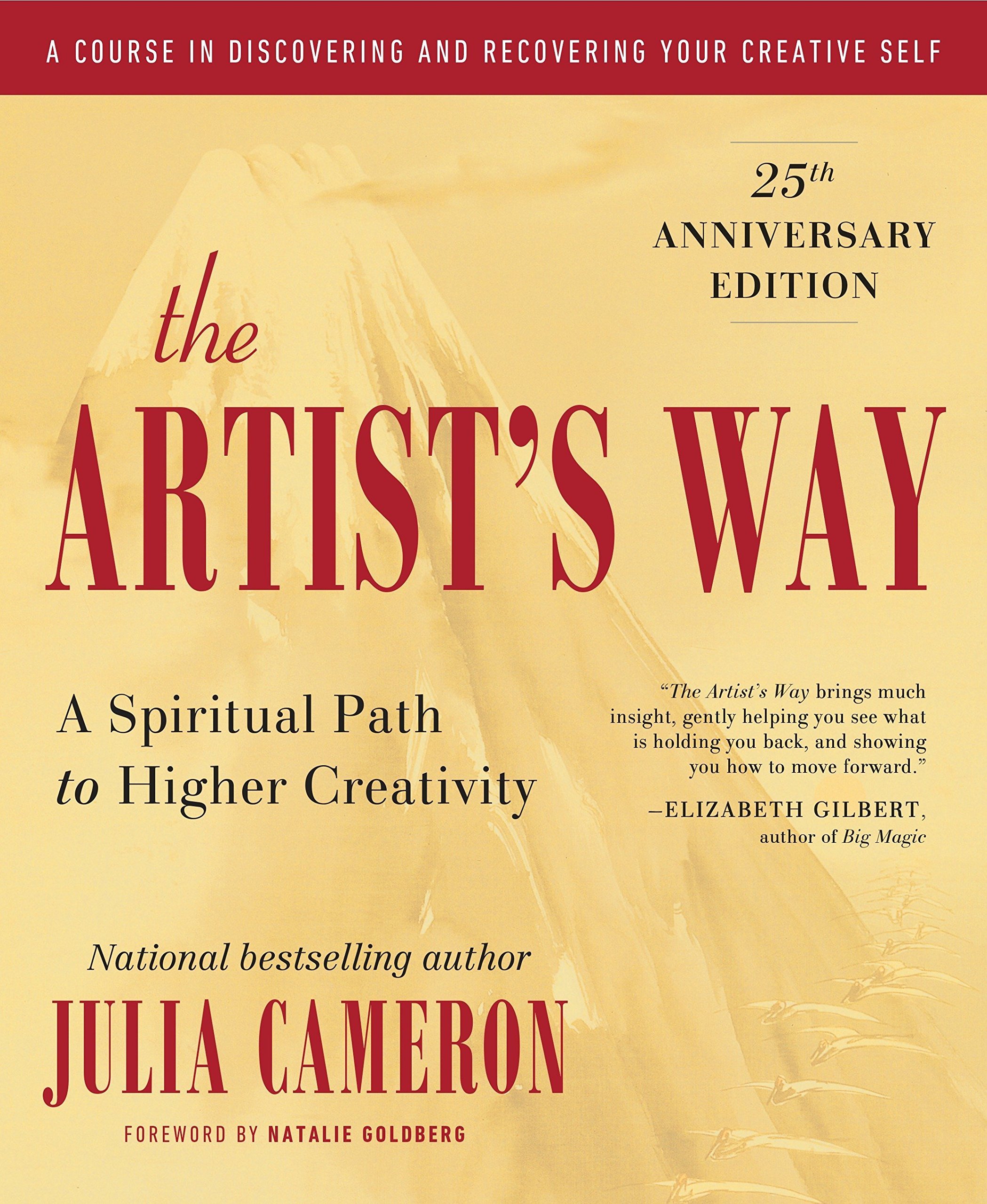Introduction to The Artist's Way series
My recent post about my blogging progress got me thinking about what I can do to write more. What should I write about so that writing comes naturally? I know that I've always enjoyed reading other creators' accounts of experimenting with various approaches to productivity and creativity.
I’m facing a creative block as well as an identity crisis. My doctoral studies, for which I had high hopes, will not happen this year, and the immediate future seems uncertain. So I've decided to revisit the program in Julia Cameron’s The Artist’s Way. A Spiritual Path to Higher Creativity. This is one of the books, or guides, that I frequently refer to when I have doubts as to what to do next. Hopefully, going back to the material will provide me with the answer I seek. I’ve tried it before and I know that Morning Pages and Artist’s Dates really work. So I’m excited about this new series, and I hope you’ll join me for the next 12 weeks as I do the exercises and discover what the process can bring to you as well.
Released almost three decades ago, Cameron describes the book as "a support kit for artists". What started as a book concept for a local audience, based on the creative workshops she was giving, developed into a worldwide phenomenon. The book’s main message is that we are all creative and we can boost our creativity using a few simple tools. Cameron argues:
As the subtitle suggests, the spiritual aspect is particularly prominent here. I must admit that I was a little hesitant when I first saw the word “God” appearing on its pages. But don't let that put you off. The view that creativity is a spiritual activity is based on the idea that humans are channels through which spiritual energy enters the world. That’s much easier to comprehend. Instead, think of a greater power, such as Inspiration, Flow, or the Universe that helps you open up and reach new levels of consciousness while you create.
The tools that will help you recover or discover yourself creatively are as follows:
Weekly tasks that are intended to help you achieve each week’s unique goal.
Morning pages are three handwritten pages on which we record everything that comes to mind as soon as we get out of bed. The purpose of this exercise is to identify the emotions that accompany us, as they frequently obstruct creative thinking. As we devote ourselves to this practice, we will become more aware of our needs, expectations, and fears.
Artist’s dates are the times we set aside for creative inspiration. To create, we must take care of our creative resources, listen to our inner intuition, and experience emotions. It's dedicating time each week to do things we enjoy and are interested in. Exposing yourself to creative inspiration does not have to mean visiting a museum to see excellent art. A walk, exploring an unfamiliar area in your neighborhood, or cooking something new, can all help to rekindle your creativity. Don't think of these dates as something you are required to do. Instead, take advantage of these opportunities and have fun.
With that in mind, I love the contract at the end of the introductory chapter that we're expected to sign in order to demonstrate our commitment to the journey of self-discovery. To hold yourself accountable, I encourage you to make a similar pledge.


